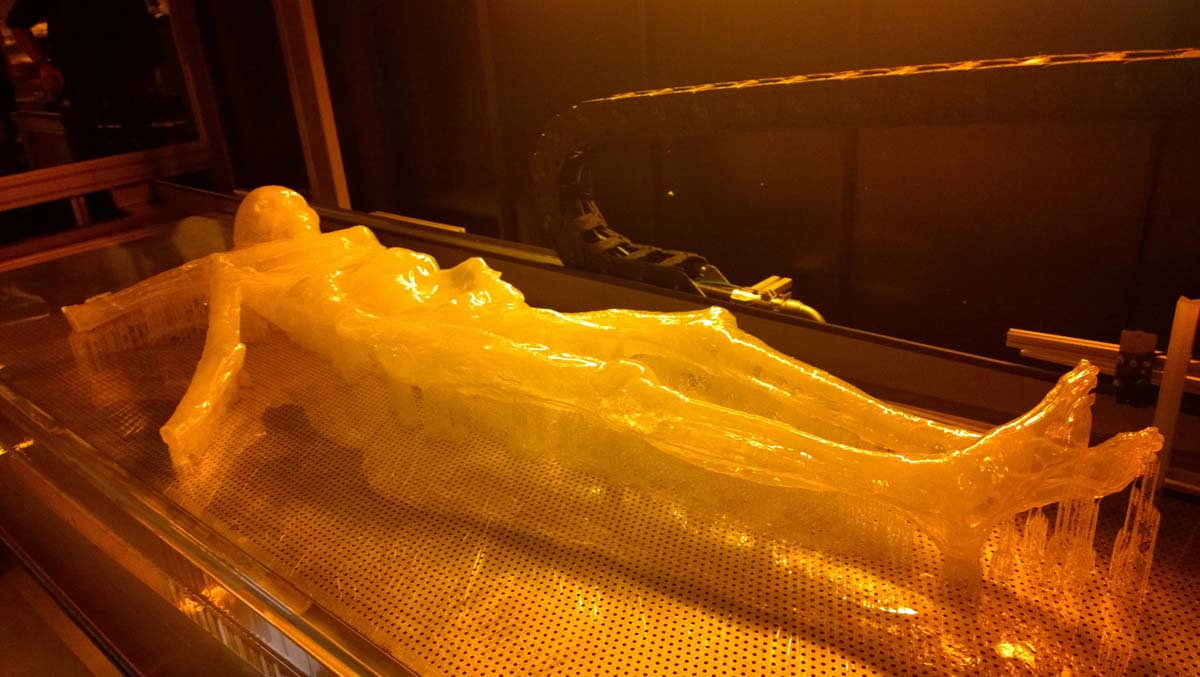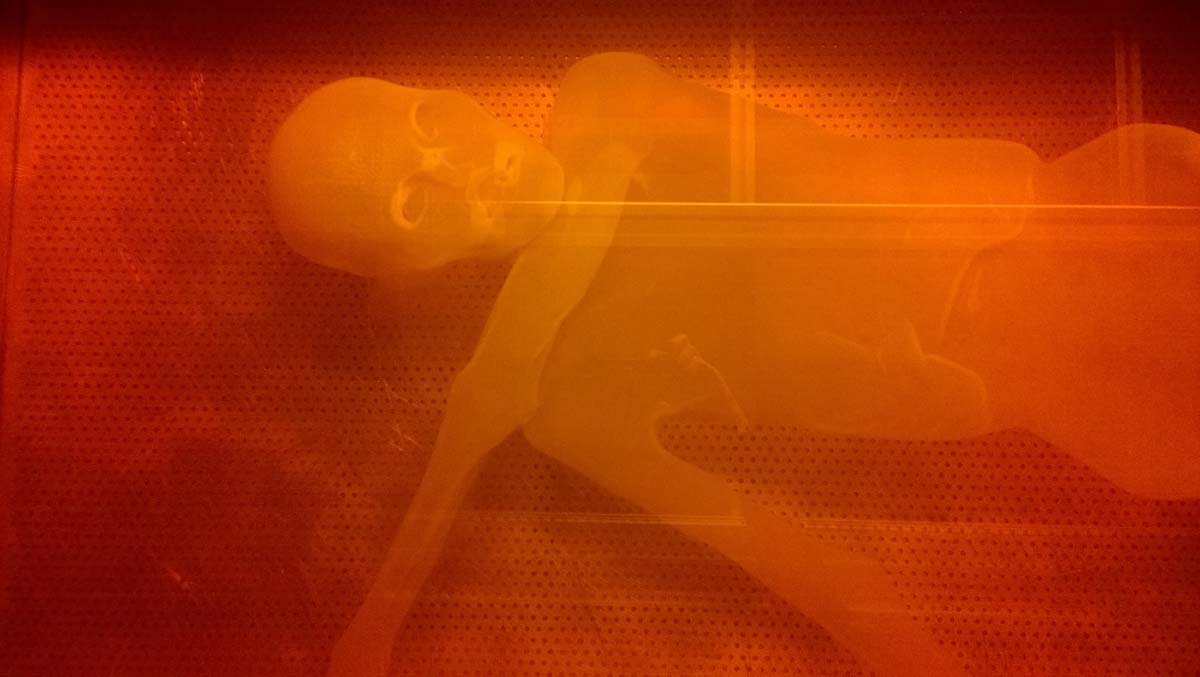Understanding one’s place in the Universe requires an understanding of everything that led up to one’s creation. For this reason, I’m always fascinated by our ancestors from thousands of years ago. How did they live? What cultural practices did they have? How did they die? One group of scientists, historians, and archeologists have pursued answers to these questions in relation to one solitary individual murdered over 5,000 years ago, Ötzi the Iceman. To learn more about Ötzi, Europe’s oldest-known natural mummy, this interdisciplinary team has created an exact replica of the mummy with 3D printing.
After what some believe to be a four-person attack and/or ritual sacrifice, Ötzi was frozen in ice, with his remains remarkably in tact. His discovery in 1991 in the Ötztal Alps on the Austrian–Italian border has allowed researchers great insight into life in approximately 3,300 BCE. In a NOVA special airing February 17, the secrets of Ötzi will be uncovered, as well as the secrets that went into replicating the iconic Iceman.
While the remains of Ötzi are on display at the South Tyrol Museum of Archaeology in Italy, paleo-artist Gary Staab was invited to create an exact replica of the mummy, therefore allowing a greater number of people to learn about the five-thousand-year-old. To do so, Staab took advantage of Materialise’s Mammoth SLA process, resulting in a massive 5’5″-tall printed copy of the Iceman, over which Staab sculpted skin textures and painted to render a lifelike version of the deceased.
The entire process will be illustrated on February 17th, including what Gary tells me is excellent footage of the recreation of Ötzi the Iceman. And PBS promises to reveal “surprising secrets hidden in his genetic code”. Combined, this is one NOVA special not to be missed. And, if you happen to be in Kansas City, Missouri tomorrow night, you catch the show and a Q&A with Staab at Union Station for free.
Update 2/17/16: Tonight, PBS airs the Nova special “Iceman Reborn” in which our beloved Ötzi gets brought back to life with 3D printing. In anticipation of the show, more information about the actual process has been released.

First, the Ice Man was scanned with a CT machine and, because some body parts were missing, Materialise engineers had to recreate those parts, such as Ötzi’s ribs. Using Materialise’s 3-matic software, existing ribs were mirrored to give a complete body. This was then 3D printed with the Belgian firm’s Mammoth SLA machine, resulting in a 5’5” replica. As mentioned above, the replica was then painted by Staab, who previously worked with Materialise to copy the famous Egyptian pharaoh Tutankhamun.
Ötzi is the oldest naturally mummified person found in such good condition. It may not look good to the living, but the Ice Man’s remains have revealed hardened arteries reflective of heart disease, as well as gut bacteria indiciative of an abdominal inflammation.

Bryan Crutchfield, Managing Director of Materialise, USA, says of the project, “We are proud that our 3D medical modeling technology could make a contribution to a greater understanding of the Iceman and his times. That our medical printing technology is so advanced yet flexible enough to be adapted to such important scientific and historic study is truly reflective of our team’s emphasis on research and value for its healthcare customers.”
Stay tuned for the show tonight, airing at 9 pm EST on PBS. And, after the premier, Materialise will be uploading a short video detailing their 3D printing of the project on their YouTube channel.




